ISTQB Software Testing Foundation Overview
ISTQB Software Testing Foundation Course Outline
Domain 1: Fundamentals of Testing
Module 1: What is Testing?
- Overview
- Testing Objectives
- Testing and Debugging
Module 2: Why is Testing Necessary?
- Role of Testing
- Testing’s Contributions to Success
- Testing and Quality Assurance (QA)
- Errors, Defects, Failures, and Root Causes
Module 3: Testing Principles
- Testing Shows the Presence, not the Absence of Defects
- Exhaustive Testing is Impossible
- Early Testing
- Defects Clustering
- Beware of Pesticide Paradox
- Testing is Context Dependent
- Absence-of-Defects Fallacy
Module 4: Test Process
- Test Process in Context
- Test Activities and Tasks
- Test Work Products
- Traceability Between the Test Basis and Test Work Products
Module 5: Psychology of Testing
- Human Psychology and Testing
- Tester’s and Developer’s Mindsets
Domain 2: Testing Throughout the Software Development Lifecycle
Module 6: Software Development Lifecycle Models
- Software Development and Software Testing
- Software Development Lifecycle Models in Context
Module 7: Test Levels
- Test Levels
- Component Testing
- Integration Testing
- System Testing
- Acceptance Testing
Module 8: Test Types
- Functional Testing
- Non-Functional Testing
- White-Box Testing
- Change-Related Testing
- Test Types and Test Levels
Module 9: Maintenance Testing
- Triggers for Maintenance
- Impact Analysis for Maintenance
Domain 3: Static Testing
Module 10: Static Testing Basics
- Introduction
- Work Products Examinable by Static Testing
- Benefits of Static Testing
- Differences Between Static Testing and Dynamic Testing
Module 11: Review Process
- Work Product Review Process
- Roles and Responsibilities in Formal Review
- Review Types
- Applying Review Techniques
- Success Factors for Reviews
Domain 4: Test Techniques
Module 12: Categories of Test Techniques
- Behaviour Based
- Structure Based
- Experience Based
Module 13: Black-box Test Techniques
- Equivalence Partitioning
- Boundary Value Analysis
- Decision Table Testing
- State Transition Testing
- Use Case Testing
Module 14: White-box Test Techniques
- Statement Testing and Coverage
- Branch Testing and Coverage
- Value of Statement and Decision Testing
Module 15: Experience-based Test Techniques
- Error Guessing and Checklist-Based
- Exploratory Testing
Domain 5: Test Management
Module 16: Test Organisation
- Independent Testing
- Tasks of a Test Manager and Tester
Module 17: Test Planning and Estimation
- Purpose and Content of a Test Plan
- Test Strategy and Test Approach
- Entry and Exit Criteria
- Test Execution Schedule
- Factors Influencing the Test Effort
- Test Estimation Techniques
Module 18: Test Monitoring and Control
- Metrics Used in Testing
- Purposes, Contents, and Audiences for Test Reports
Module 19: Configuration Management
- Configuration Testing Overview
- CM and Testing
Module 20: Risks and Testing
- Definition of Risk
- Product and Project Risks
- Risk-based Testing and Product Quality
Module 21: Defect Management
- Overview of Defect Management
- Typical Defect Reports
Domain 6: Tool Support for Testing
Module 22: Test Tool Considerations
- Meaning and Purpose of Tool Support
- Test Tool Classification
- Tool Support for
- Static Testing
- Test Design
- Test Execution and Logging
- Performance and Monitoring
- Specialised Testing Needs
- Benefits and Risks of Test Automation
- Special Considerations for Test Execution and Test Management Tools
Module 23: Effective Use of Tools
- Main Principles for Tool Selection
- Pilot Projects for Introducing a Tool into an Organisation
- Success Factors for Tools


Who should attend this ISTQB Software Testing Foundation Course?
The ISTQB Software Testing Foundation Course is designed for anyone involved in, affected by, or responsible for Software Testing and Quality Assurance in Software Development projects. A few of the professionals who will benefit from this ISTQB Training Course are:
- Entry-level Software Testers
- Software Test Analysts
- Quality Assurance Professionals
- Software Developers
- Test Managers
- Business Analysts
- IT Consultants
Prerequisites of the ISTQB Software Testing Foundation Course
There are no formal prerequisites for attending this ISTQB Software Testing Foundation Course. However, a basic familiarity with IT and Software Development concepts can be beneficial.
ISTQB Software Testing Foundation Course Overview
The ISTQB Software Testing Foundation Course provides a comprehensive introduction to the essential principles of Software Testing. It covers critical topics such as testing standards, testing life cycles, testing techniques and tools, and static testing. This training is highly relevant in the field of Software Development.
Proficiency in Software Testing is crucial for professionals in the IT and Software Development industry. Those aiming to master this subject include Software Testers, Quality Assurance Engineers, Developers, and Project Managers. Having a strong foundation in Software Testing can significantly enhance career prospects.
The Knowledge Academy’s 3-day course on ISTQB Software Testing Foundation is officially recognised by the BCS. This ISTQB Training Course equips delegates with the knowledge and skills needed to excel in Software Testing and prepares them effectively for the ISTQB Software Testing Foundation Certification exam.
Course Objectives
- To offer a comprehensive understanding of Software Testing fundamentals
- To introduce delegates to testing standards and methodologies
- To instruct delegates in various testing techniques and tools used in the industry
- To explore the concept of testing life cycles and emphasise their importance
- To empower delegates to conduct effective static testing
- To equip delegates with the knowledge and skills necessary to pass the ISTQB Software Testing Foundation Certification exam
Upon completion of this ISTQB Course, delegates will gain a solid foundation in Software Testing principles and techniques, enhancing their ability to ensure software quality and reliability. Additionally, they will be well-prepared to obtain its associated certification, a valuable credential that can boost their career prospects in the IT and Software Development industry.


What’s included in this ISTQB Software Testing Foundation Course?
- ISTQB Software Testing Foundation Examination
- World-Class Training Sessions from Experienced Instructors
- ISTQB Software Testing Foundation Certificate
- Digital Delegate Pack


ISTQB Software Testing Foundation Exam Information
The ISTQB Software Testing Foundation certification is an entry-level certification that provides a basic understanding of software testing concepts and practices. It's designed for individuals new to software testing or wanting to establish a foundational knowledge of the field. The format of the exam is as follows:
- Question Type: Multiple Choice
- Total Questions: 40 Questions
- Total Marks: 40 Marks
- Pass Marks: 65% or 26/40 marks
- Duration: 60 Minutes
- Open Book/Closed Book: Closed book


Why choose us
Ways to take this course
Experience live, interactive learning from home with The Knowledge Academy's Online Instructor-led ISTQB Software Testing Foundation. Engage directly with expert instructors, mirroring the classroom schedule for a comprehensive learning journey. Enjoy the convenience of virtual learning without compromising on the quality of interaction.
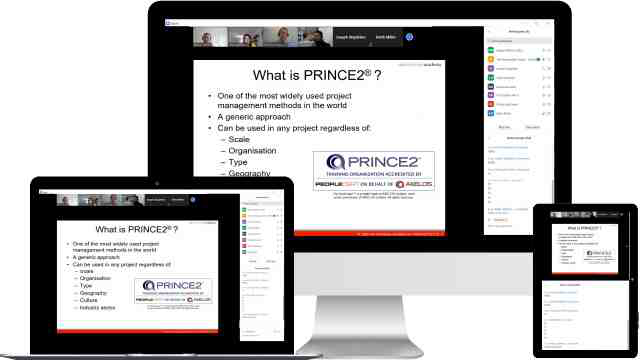
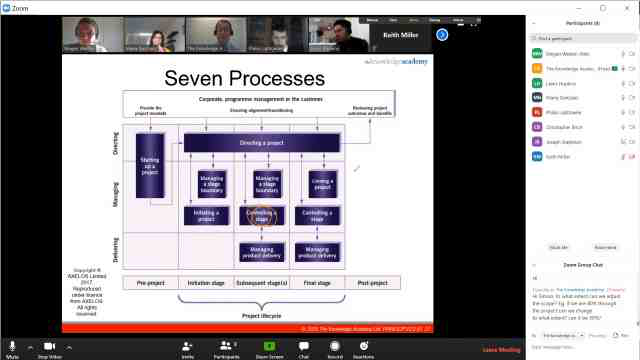
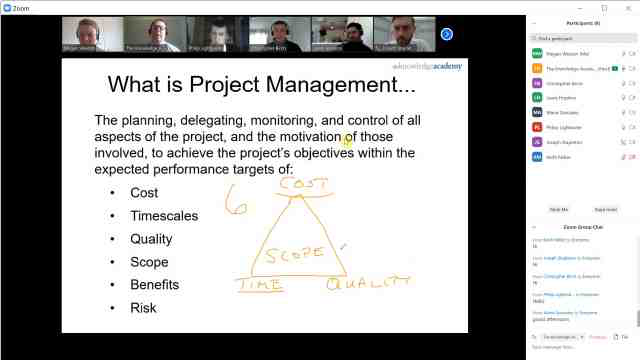
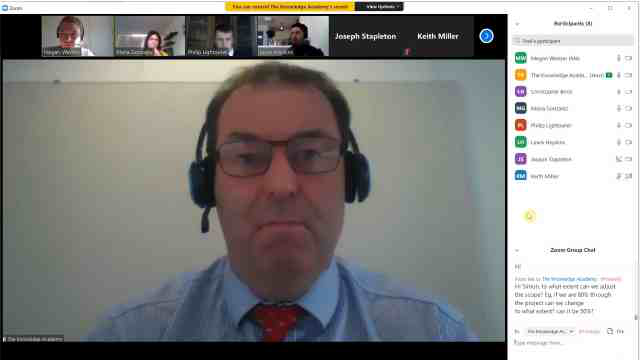
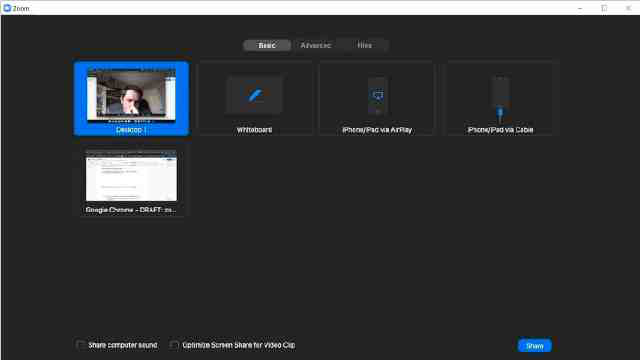
Unlock your potential with The Knowledge Academy's ISTQB Software Testing Foundation, accessible anytime, anywhere on any device. Enjoy 90 days of online course access, extendable upon request, and benefit from the support of our expert trainers. Elevate your skills at your own pace with our Online Self-paced sessions.
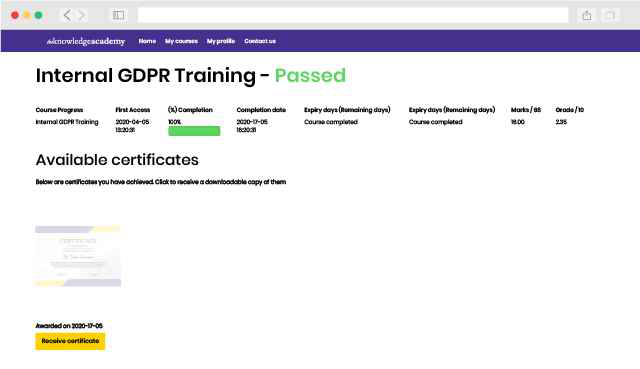
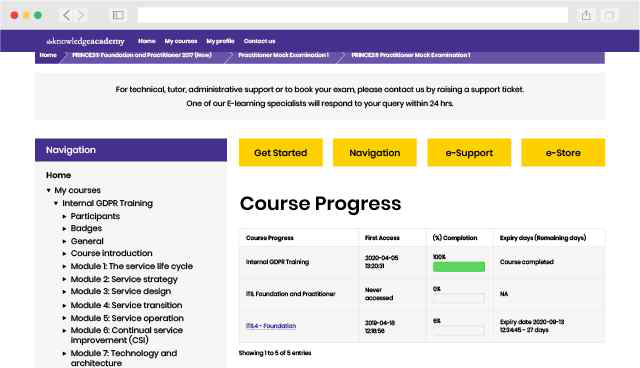
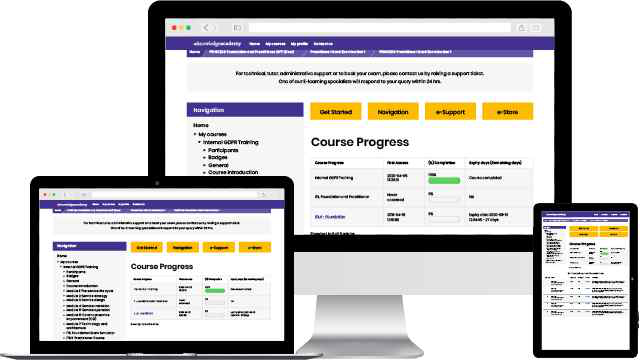
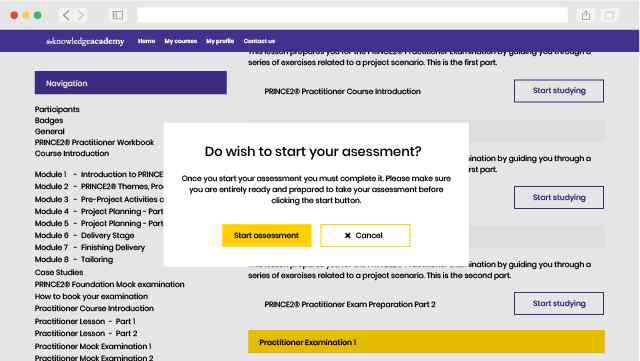
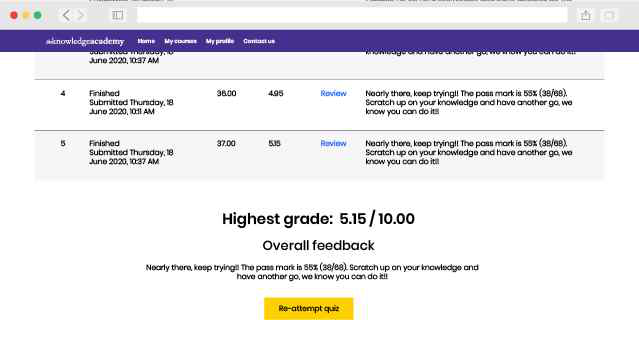
Experience the most sought-after learning style with The Knowledge Academy's ISTQB Software Testing Foundation. Available in 490+ locations across 190+ countries, our hand-picked Classroom venues offer an invaluable human touch. Immerse yourself in a comprehensive, interactive experience with our expert-led ISTQB Software Testing Foundation sessions.

Highly experienced trainers
Boost your skills with our expert trainers, boasting 10+ years of real-world experience, ensuring an engaging and informative training experience

State of the art training venues
We only use the highest standard of learning facilities to make sure your experience is as comfortable and distraction-free as possible

Small class sizes
Our Classroom courses with limited class sizes foster discussions and provide a personalised, interactive learning environment

Great value for money
Achieve certification without breaking the bank. Find a lower price elsewhere? We'll match it to guarantee you the best value
Streamline large-scale training requirements with The Knowledge Academy’s In-house/Onsite ISTQB Software Testing Foundation at your business premises. Experience expert-led classroom learning from the comfort of your workplace and engage professional development.

Tailored learning experience
Leverage benefits offered from a certification that fits your unique business or project needs

Maximise your training budget
Cut unnecessary costs and focus your entire budget on what really matters, the training.

Team building opportunity
Our ISTQB Software Testing Foundation offers a unique chance for your team to bond and engage in discussions, enriching the learning experience beyond traditional classroom settings

Monitor employees progress
The course know-how will help you track and evaluate your employees' progression and performance with relative ease
What our customers are saying
Highly recommended
Echezona Nwosu
.
Paul Tamburrini
Good trainer
Vijaya Karagi
ISTQB Software Testing Foundation FAQs

Why choose us

Best price in the industry
You won't find better value in the marketplace. If you do find a lower price, we will beat it.
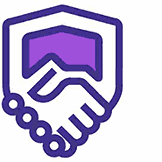
Trusted & Approved
We are accredited by BCS

Many delivery methods
Flexible delivery methods are available depending on your learning style.

High quality resources
Resources are included for a comprehensive learning experience.




"Really good course and well organised. Trainer was great with a sense of humour - his experience allowed a free flowing course, structured to help you gain as much information & relevant experience whilst helping prepare you for the exam"
Joshua Davies, Thames Water



Looking for more information on Software Testing Courses?
 Who is Software Testing for?
Who is Software Testing for? History of Software Testing
History of Software Testing Software Testing Case Studies
Software Testing Case Studies Software Testing Methodologies
Software Testing Methodologies Software Testing Certifications
Software Testing Certifications Software Testing Examinations
Software Testing Examinations Software Testing Exam Questions
Software Testing Exam Questions How do I book a Software Testing course?
How do I book a Software Testing course? BCS Membership
BCS Membership What organisations use Software Testing?
What organisations use Software Testing? Software Testing Job Roles
Software Testing Job Roles What sectors use Software Testing?
What sectors use Software Testing? How to add a Software Testing certification onto your CV
How to add a Software Testing certification onto your CV How to add your Software Testing Certification to your LinkedIn
How to add your Software Testing Certification to your LinkedIn
 Back to course information
Back to course information
Full Track of ISTQB Testing Certification
Save upto 40%Included courses:
ISTQB Software Testing Foundation€1995
ISTQB Advanced Level Test Manager€3295
ISTQB Advanced Level Test Analyst€2295


Total without package: €12975
Package price: €7795 (Save €5180)
Complete ISTQB Test Analyst Certification Package
Save upto 40%

Total without package: €7785
Package price: €4695 (Save €3090)
ISTQB Starter Certification Package
Save upto 40%

Total without package: €3890
Package price: €2295 (Save €1595)
Complete ISTQB Test Manager Certification Package
Save upto 40%

Total without package: €5290
Package price: €3195 (Save €2095)
Limited budget?
 If you miss out, enquire to get yourself on the waiting list for the next day!
If you miss out, enquire to get yourself on the waiting list for the next day!













 If you wish to make any changes to your course, please
If you wish to make any changes to your course, please

